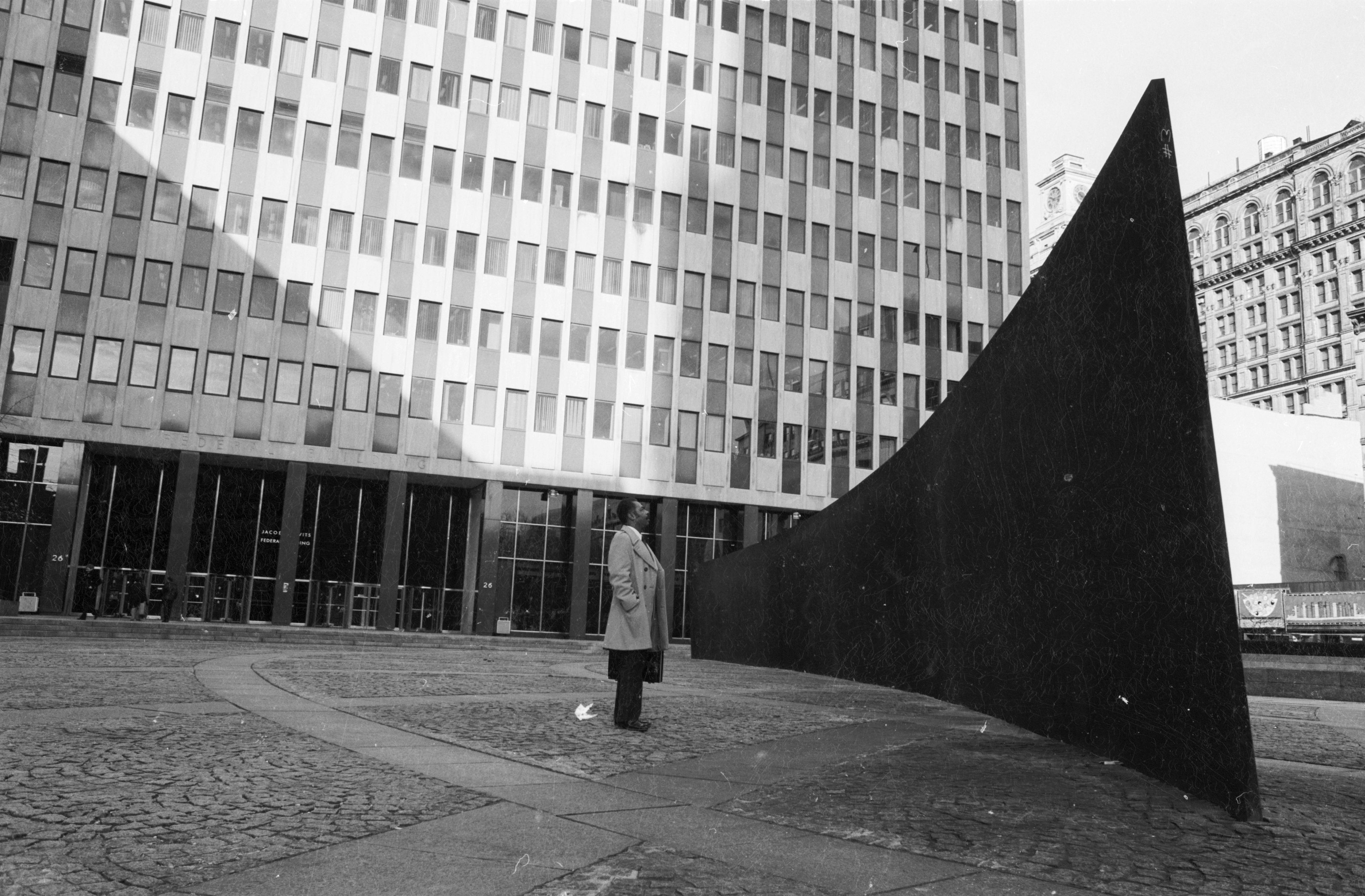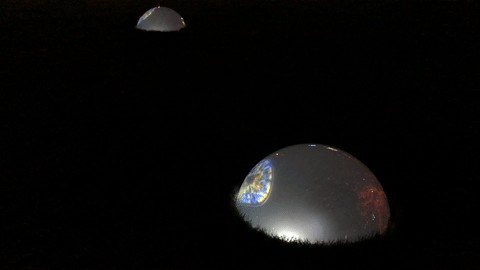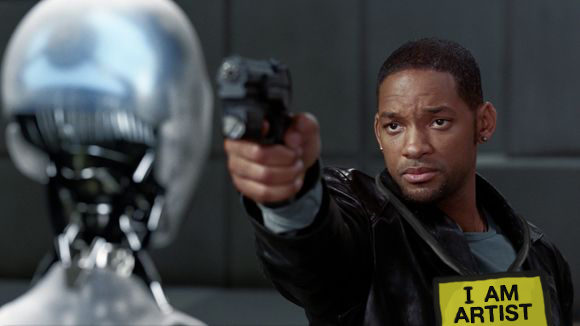
Features
Will Art be Mechanised?
What is the future of art?
By Hugo Ong
Global mechanisation of everything
We often hear about the evolutionary phenomenon of mechanisation, where machines and artificial intelligence assume the role and dexterity of human work. Countless jobs and labour have been discharged by the surge of technological innovations since the Industrial Revolution, with modish threats to eradicate millions more in the future. This insecurity leaves many to speculate about the future of their career and craft, including artists who foresee the same predicament to their practice.‘The Jobless, Starving Artist’
(Poor artist, photograph by Torismoris Flickr)
Automation of Art
Would machines ever be advanced enough to perform the artist’s role? This thought is no longer a reservation of an impending episode, but something that is already part of our lives unknowingly. Printing technology has been considered a type of art automation. Visuals are immaculately transferred to a physical printout with a machine’s work, voiding the need for a painter or drawer’s mastery of the medium. Paintings need not be worked on laboriously but promptly processed.(Printing of The Gleaners, work by Jean-François Millet)
Some may invalidate the function of the prints as a legitimate art form, without the texture, quality and the baroque of the paint. Printed ink may be flat and unmoving, unable to capture the vigour of paint that is fervidly applied by an artist. To address these confutations, a higher sophistication of technology was introduced, to incorporate complex algorithms with artistic techniques to create a robot that can paint. Technology artist Pindar Van Arman acquires artificial intelligence, configuring a robot that can paint. The robot can weave a brush, mimic styles of paintings and even clean its own brush after it’s done!
(Timelapse of Pindar Van Arman’s technology, robot painting Ghandi)
Sculptors and Carvers can all head back home and find a new job, due to the revolutionary introduction of the 3D printer. With computer modelling softwares, three-dimensional objects - and artworks, can be printed. Constant innovations in technology allow all sorts of structures and forms to be created impeccably, even in the masses. 3D printing has the competence to create ‘impossible’ artworks, works with intricate ornamentation and complex geometries that could not be constructed by handcraft.
‘I am a printed sculpture!’
(Wedgoodn’t Tureen, 3D printed sculpture by Michael Eden)
(Software 3D illustration of The Thinker, by Auguste Rodin)
Researchers and scientists have already experimented in creating artificial intelligence sophisticated enough to initiate art on its own. Google’s Project Magenta explores artificial intelligence and creativity, with the aim of developing algorithms that can create legitimate artistic content of its own. Yes, robots could have the ability to contrive original art on their own, working like a human’s artistic mind. One day, this ‘Artistic Intelligence’ could really oust the role of artists, designers, or anyone with the artistry to create visual arts.
(Scene from movie Chappie)
These all seem viable, purging our original contentions of art. Given that major art forms, the timeless paintings and sculptures can be entirely replaced by machines, are artists still relevant today?
Photographic and print revolution
Such an occurrence is not unfamiliar to art. There had been a commensurate revolution that took an imperil turn on artists - the invention of photography almost two centuries ago. Back then, the role of art was to present the world through the imagery of paintings, to imitate reality through an artist’s fine skill of work.With the intervention of the camera, paintings were presumed to be obsolete as the former could do a scientifically accurate record of life. From the perspectives of a 19th-century painter, the camera could mean an end to his artistry. The debut of such a sophisticated mechanism at that time would be groundbreaking, comparable to how we perceive rapidly developing technology today. Successful painter Paul Delaroche once exclaimed ’From today, the painting is dead!’ when he first saw the camera.
‘Sir, drop the paintbrush, just take a photograph of us!’
(Image from The History of Photography, Watson Amp Rappaport)
Despite the pressing impediment, artist conceived new visual representations that would allow paintings to insure its distinguished placing. Since the camera was more competent in capturing reality, the paintbrush went ahead to portray impressions, the essence of the subject that could not be accomplished by the camera. This notion marked the beginning of the Impressionism movement, which saw new styles of visual art that is a refreshing getaway from traditional depictions.
‘The camera can never replicate the raw spirit of an impressionist!’
(Impression, Sunrise, by Claude Monet)
(A Sunday Afternoon on the Island of La Grande Jatte, Pointillism work by Georges Seurat)
(Hyper-realistic painting by Gregory Thielker)
We’re not even into the extensive branches of Conceptual Art yet, but already have sufficient examples to see how art prevailed and flourished throughout the 20th-century. Each movement was intuitively influenced by the preceding one, and exponentially anticipates future developments. Photography that was initially deemed catastrophic for art turned out to be the decisive case for the dynamism we see today. Artist even took the camera and integrated them into their works, seen in the horde of contemporary artists using them as a subject matter, as a tool for their artistic venture.
Camera says: ‘I was supposed to replace art, but now I am part of the art…’
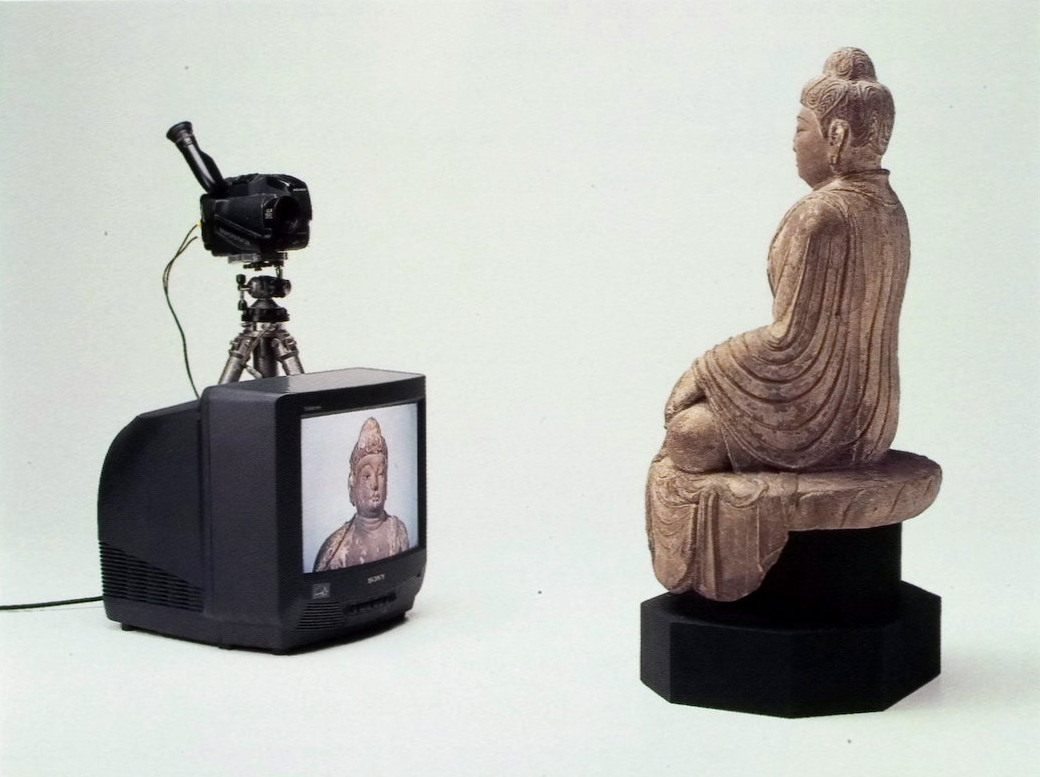
(TV Buddha, Conceptual Art by Nam June Paik)
Role of Art never replaced
In spite of the impending technological surge that would jeopardise jobs, artists are certain that their role is irreplaceable by any form artificial intelligence. Art itself has no definite meaning, but many sources would define it as the expression of human’s imaginative and technical capabilities. Many value the humanistic aspect of art, the human touch in refined finishings, the human creativity bred in artist’s minds. No matter how advanced and progressive robots can become, they will never entirely supplant people in art, artists who create art.‘Go home robot.. You will never replace my job.’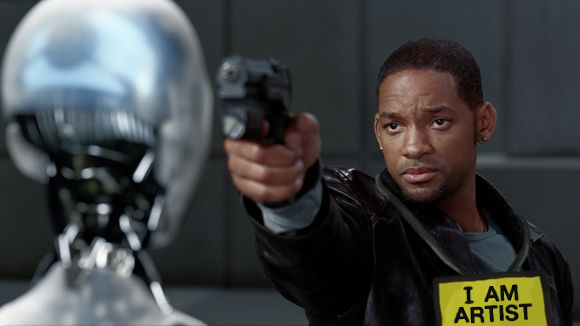
(Film still from movie I, Robot)
In its core, Art finds its way out. Seeing how art themes and movements are invariable attempts with regards to human phenomena, we could foresee that artists might use robots and technology to aid their art making processes. Many contemporary artists have already embraced technology into their art, both as a tool to make art and as the art itself. We see precision cut systems, intelligent motion sensors, wall-climbing robots, and even lasers used to make art that transcends beyond all our pre-conceived art forms, to create interesting performative and interactive artworks. The limits of art are boundless, and with the advent of rapidly developing technology, the diversity of artistic endeavours would be a fortiori.(Rising Colourspace, Performative installation by Michael Haas & Julian Adenauer)
(The Treachery of Sanctuary, Interactive installation by Chris Milk)


